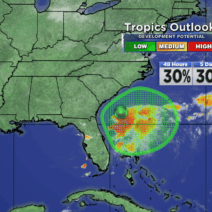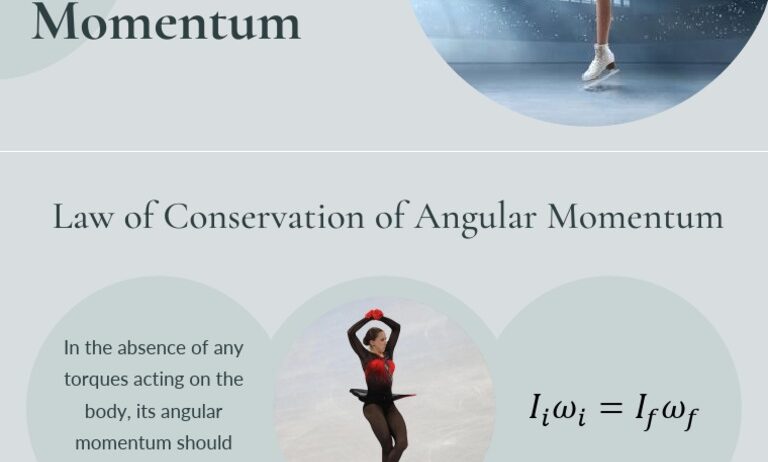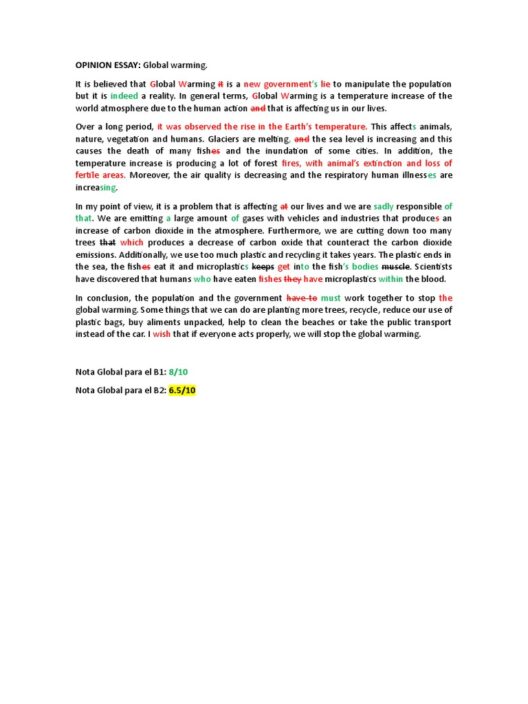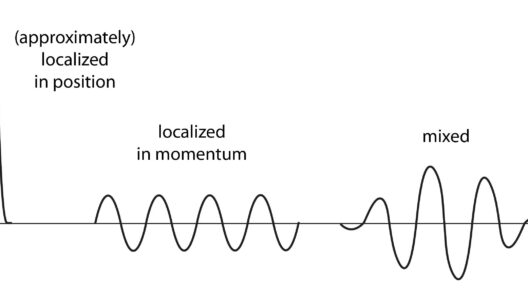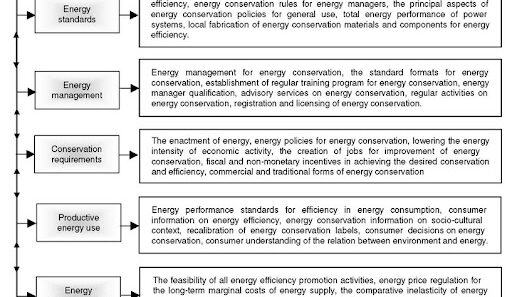Conservation laws underpin much of classical physics and play a pivotal role in understanding the dynamics of complex systems. The conservation of angular momentum, alongside the work-kinetic energy theorem, offers a fascinating duality in mechanics, inviting inquiry into their compatibility. Is conservation of angular momentum consistent with the work-kinetic energy theorem? This question beckons exploration into the fundamental principles postulated by these two prominent phenomenons.
To commence, let us unravel the concept of angular momentum. Defined as the product of an object’s rotational inertia and its angular velocity, angular momentum is a vector quantity that expresses the extent of an object’s rotation about a specific axis. Formally, it is given by the equation L = Iω, where L denotes angular momentum, I represents the moment of inertia, and ω symbolizes angular velocity. Preservation of angular momentum transpires in isolated systems, where no external torque acts, illuminating the intrinsic properties of rotational motion.
Conversely, the work-kinetic energy theorem states that the work done on an object is equal to its change in kinetic energy. Mathematically, this is articulated as W = ΔK, where W signifies work, and ΔK denotes the change in kinetic energy. The theorem primarily deals with linear quantities, delineating the relationship between work and translational motion. This foundational principle renders a tractable framework for deciphering how forces interact with mass in a linear context.
One might ponder how these two concepts correlate. At first glance, they govern different domains: angular momentum reigns in the rotational realm, while the work-kinetic energy theorem parades within linear confines. However, the intriguing interplay between these two may become apparent through angular forms of kinetic energy. The rotational kinetic energy of an object can be represented as K = 0.5 Iω². Herein lies a unique conjunction: while the conservation of angular momentum pertains to the constancy of rotational motion, the work-kinetic energy theorem elucidates the energy transformations that can occur during such motion, thus rendering them seemingly compatible.
However, complexities ensue when one delves deeper. The ideal conditions for the conservation of angular momentum arise solely in the absence of external forces, effectively highlighting the need for an isolated system. In contrast, when applying the work-kinetic energy theorem, external work can profoundly alter the kinetic energy of the system. Therefore, can angular momentum conservation coexist seamlessly with external influence, or does it falter when entities exert forces?
Let’s consider a tangible scenario: a figure skater performing a spin. As the skater pulls their arms inwards, they decrease their moment of inertia, resulting in an increase in angular velocity, thereby conserving angular momentum. Meanwhile, the work done by the skater’s muscles generates energy to facilitate this change. This dynamic interplay may suggest harmony between the two concepts: while the angular momentum remains conserved, the skater’s exertion influences the work done and the resulting kinetic energy.
Yet, the crux of the matter lies not in simplicity but in the nuances of real-world applications. In practical settings, external factors continually influence systems. Consider a rotating disk subjected to friction: as it slows down due to frictional forces, it loses kinetic energy while angular momentum may still exhibit reductions due to external torques acting upon it. In this scenario, a clear divergence appears between angular momentum conservation and the principles dictated by the work-kinetic energy theorem.
Moreover, considering the rotational analogue of the work-energy theorem is imperative. The rotational work done on an object can be articulated as τθ, where τ denotes torque and θ indicates angular displacement. Thus, the rotational counterpart illustrates how torques affect the angular motion while invoking energy transformations analogous to linear scenarios.
A potential challenge emerges in reconciling cases where forces produce internal torques versus external torques. Internal forces do not alter the total angular momentum of a system, while external torques can disrupt this conservation, leading to a departure from the ideal conservation laws. Therefore, the interplay between external forces and torque necessitates a nuanced understanding, occasionally complicating the direct applicability of both theories in unison.
To further dissect our initial inquiry, let’s analyze disparate systems. A spinning top exemplifies an isolated system wherein both angular momentum and energy remain conserved. Conversely, a pendulum exhibits energy conversion from kinetic to potential forms without momentum conservation, thus highlighting divergent narratives in analyzing systems with varying degrees of constraints and external influences.
In summation, the exploration of whether the conservation of angular momentum is consistent with the work-kinetic energy theorem reveals a multilayered and interconnected framework. The foundation rests on the contexts: isolated systems yield simultaneous observance of both conservation laws, while external conditions can differentiate their behaviors. Hence, while principles of conservation of angular momentum and the work-kinetic energy theorem can coexist under particular conditions, divergent scenarios introduce variables that challenge their harmonious existence. The inquiry is not merely theoretical; it serves to elucidate the complexities governing the interactions of forces and motion in diverse contexts. This evokes a reverberation throughout the physical sciences, where understanding these concepts can lead to deeper insights into the mechanics of our universe.
